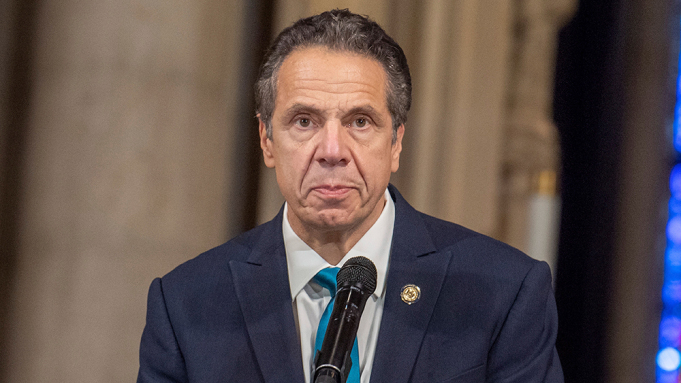
NEW YORK, USA (AP) — New Yorkers can now possess and use up to three ounces of cannabis under a legalisation bill signed Wednesday by Gov Andrew Cuomo, while sales of recreational-use marijuana won’t become legal for an estimated 18 months until the state draws up regulations.
Advocates for criminal justice reform hope it will also help redress the inequities of a system that has locked up people of color for marijuana offenses at disproportionate rates. The legislation provides protections for cannabis users in the workplace, housing, family court and in schools, colleges and universities, and sets a target of providing half of marijuana licenses to individuals from underrepresented communities.
“By placing community reinvestment, social equity, and justice front and center, this law is the new gold standard for reform efforts nationwide,” Melissa Moore, New York state director of the Drug Policy Alliance, said.
New York will start automatically expunging the criminal records of individuals with certain past marijuana-related convictions, and law enforcement in the state won’t be able to arrest or prosecute individuals for possession of marijuana up to three ounces. That’s a step beyond a 2019 law that expunged many past convictions for marijuana possession and reduced the penalty for possessing small amounts.
The law also immediately allows using cannabis in public spaces, though New Yorkers can’t smoke or vape marijuana in locations prohibited by state law, including workplaces, colleges and universities, hospitals and within 100 feet of a school.
While the marketplace will take a while to set up, estimates by the trade publication Marijuana Business Daily show New York could become the largest on the East Coast — generating a potential $2.3 billion in annual sales by its fourth year.
Cuomo said it could take years to collect about $300 million in annual tax revenues, though Republicans are skeptical the state will see that much. California was forced to cut $223 million from state budget projections in 2019 due to slower-than-expected pot sales.
Tax revenues from marijuana would first cover the state’s cost of regulating and enforcing the marijuana legalisation law, with the remainder divided among schools, drug treatment and prevention programs and a fund for investing in job skills, adult education, mental health and other services in communities that bore the brunt of the national and state drug war.





